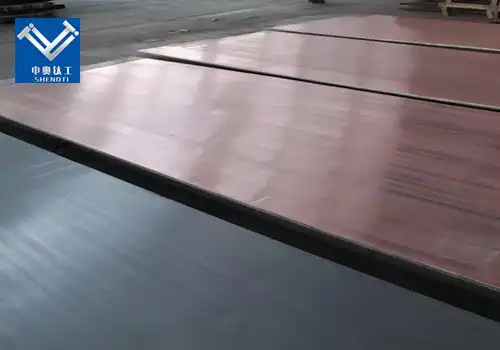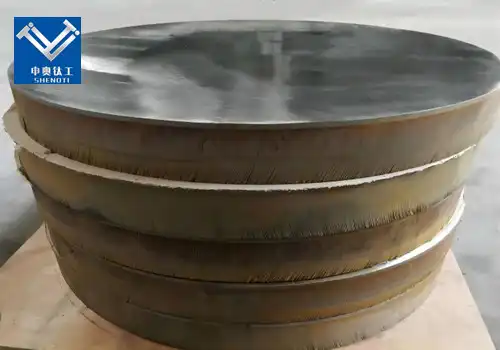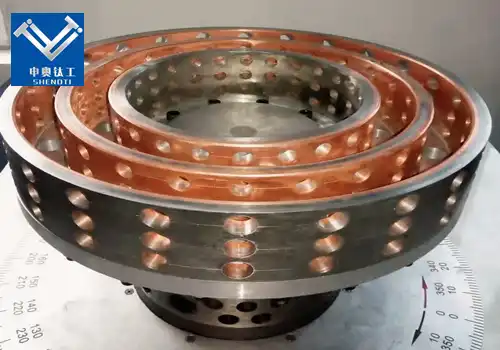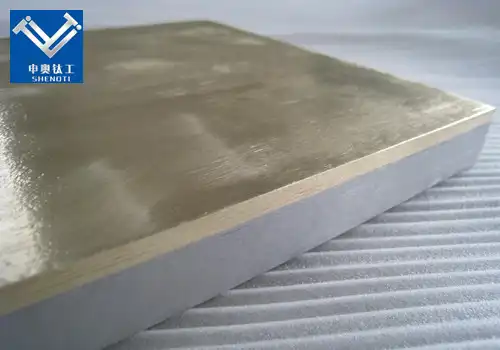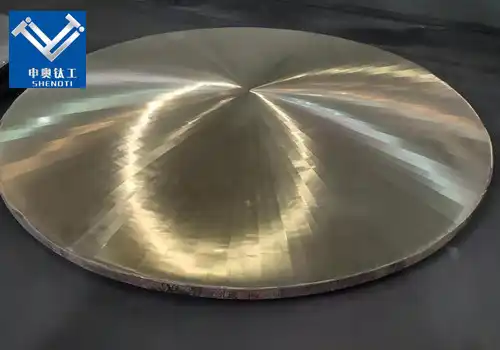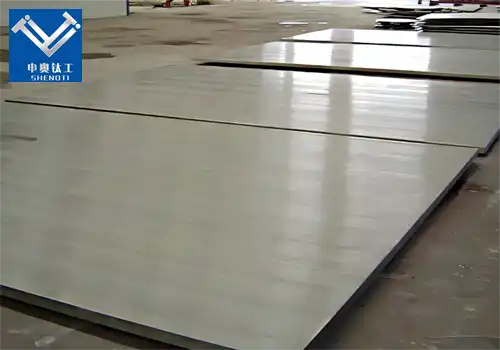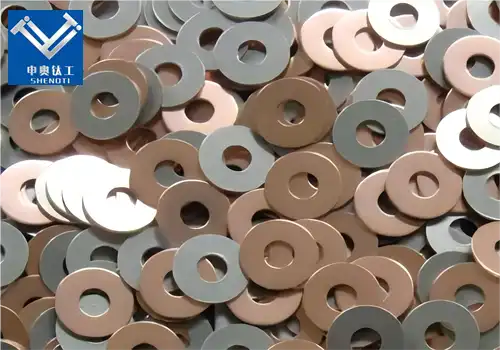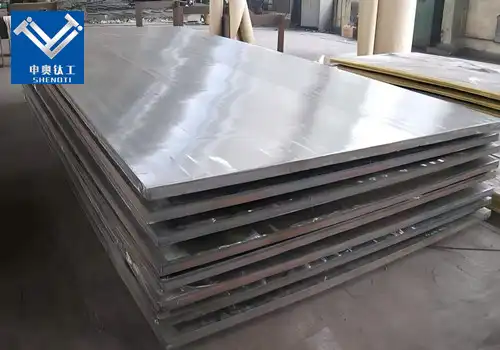
Advantages of Tantalum Steel Clad Plate
2025-07-07 16:38:26
A Tantalum Steel Clad Plate is a composite material made by metallurgically bonding a thin layer of tantalum onto a carbon steel or stainless steel base. This advanced clad plate combines the corrosion resistance of tantalum with the mechanical strength and cost-effectiveness of steel. Due to its superior performance in highly corrosive environments, tantalum steel clad plate is widely used in chemical processing, aerospace, pharmaceutical production, and nuclear industries.
Tantalum’s exceptional resistance to strong acids, including hydrochloric, nitric, and sulfuric acids, makes it an ideal cladding material for reaction vessels, heat exchangers, and storage tanks. These plates are typically manufactured using explosion bonding bonding techniques to ensure a strong metallurgical interface.
Advantages of Tantalum Steel Clad Plate
Corrosion Resistance
Tantalum is virtually immune to chemical attack below 150°C, including by most acids. When used as a cladding layer, tantalum forms a protective oxide film that provides long-term resistance to aggressive environments. A Tantalum Steel Clad Plate prevents damage caused by acid corrosion, pitting, and stress corrosion cracking, ensuring operational safety and minimizing downtime.
Cost-Effective Alternative
Solid tantalum equipment is extremely costly and difficult to machine. Cladding a thin layer of tantalum onto a steel substrate offers a practical and economical solution. Tantalum steel clad plate retains most of the corrosion-resistant benefits of solid tantalum while drastically reducing material and manufacturing costs.
Structural Strength with Low Weight
While tantalum alone lacks the strength and stiffness required for large structural applications, steel brings robustness and mechanical support. Tantalum steel clad plate provides strength, durability, and high-pressure tolerance, ideal for reactors, condensers, and columns in the petrochemical industry.
Customizable Dimensions
Tantalum clad plates can be customized in thickness, width, and length to suit application requirements. Explosion cladding, roll bonding, and hot isostatic pressing (HIP) are among the preferred methods used to manufacture tantalum steel clad plate with excellent bond integrity.
How Is Tantalum Steel Clad Plate Made?
Explosion Bonding Technology
Explosion bonding is a solid-state process in which a controlled detonation forces the tantalum and steel plates together, creating a high-energy impact that forms a metallurgical bond. This process preserves the physical and chemical properties of both materials.
Applications of Tantalum Steel Clad Plate in Industrial Sectors
1. Chemical Processing Industry
The chemical industry often requires materials that can resist acids, alkalis, and high temperatures. Tantalum steel clad plates are commonly used in:
Acid reactor vessels
Distillation towers
Heat exchangers
Pressure vessels
Their long service life significantly reduces maintenance frequency and cost, improving plant efficiency.
2. Pharmaceutical and Fine Chemical Industry
In pharmaceutical manufacturing, purity is paramount. Tantalum’s inertness ensures no contamination of sensitive chemical processes. Tantalum steel clad plate is ideal for reaction vessels, evaporators, and crystallizers where product purity and corrosion resistance are critical.
3. Aerospace and Defense
Tantalum’s thermal stability and radiation shielding capabilities make it suitable for aerospace systems and defense-grade equipment. Tantalum clad materials are used in missile propulsion components and high-temperature heat shields.
4. Electronics and Semiconductor Manufacturing
In semiconductor production, process chemicals like HF and HCl demand corrosion-resistant vessels. Tantalum steel clad plate is often used in wet etching systems and chemical vapor deposition (CVD) chambers.
FAQs About Tantalum Steel Clad Plate
1: What is the lifespan of a tantalum steel clad plate?
Typically, it lasts over 15–20 years in aggressive chemical environments, much longer than traditional materials.
2: Is tantalum steel clad plate available in tube or pipe form?
Yes, it can be fabricated into tubes, pipes, elbows, and complex geometries for heat exchangers and pipelines.
3: Can tantalum clad plate be repaired if damaged?
Small surface damages can be repaired via tantalum welding or patching, but major delamination may require section replacement.
Tantalum Steel Clad Plate for Long-Term Industrial Success
When it comes to corrosion protection, performance, and value, Tantalum Steel Clad Plate is unmatched. Its combination of tantalum’s superior chemical resistance and steel’s structural strength makes it the material of choice for the world’s most demanding applications. Whether you're designing new chemical equipment or upgrading outdated assets, tantalum clad plate offers durability, safety, and significant lifecycle cost savings.
Contact Us for Tantalum Steel Clad Plate Solutions
At Baoji ShenAo Metal Materials Co., Ltd., we specialize in manufacturing high-quality tantalum steel clad plates using advanced explosion bonding and diffusion bonding technologies. With decades of experience in metal cladding, we serve clients in petrochemical, pharmaceutical, and semiconductor industries across the globe.
Email: zh@baojiti.com.cn
Website: www.shenaocladplate.com
Location: Baoji City, Shaanxi Province, China
Get in touch today to request a quote or schedule a consultation!
YOU MAY LIKE











